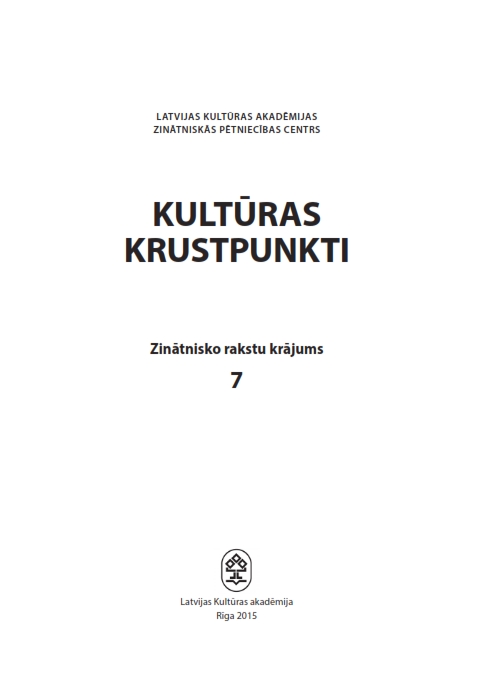Vampīra tēls pasaules un latviešu literatūrā
The Image of the Vampire in World and Latvian Literature
Author(s): Bārbala SimsoneSubject(s): Cultural history, Customs / Folklore, Novel, Latvian Literature, Sociology of Culture, 19th Century
Published by: Latvijas Kultūras akadēmija
Keywords: folklore; Gothic; Latvian literature; horror literature; a vampire;
Summary/Abstract: The theme of the article is evolution of the popular folklore image of the vampire in world literature. From the monster of folk narrative the image of the vampire entered literary culture at the beginning of the 19th century when writers of the age of Romanticism sought material for their work in folk tales. The novel “Dracula” written by the Irish writer Bram Stoker set a large part of attributes for the image of the vampire in readers’ consciousness. It became a turning point in the evolution of the vampire. In the following years the vampire was a popular symbol in the 20th century literary experiments; however, it gained a considerable fame with a more rapid spreading of the cinema. Later, until the second half of the 20th century the image of the vampire was degraded to the level of a cheap horror monster. In the 1970s it was revived by the American writer Anne Rice in her series of novels “The Vampire Chronicles”. For the time being the latest tendency in the evolution of the vampire is represented by the novels of paranormal romance subgenre intended for young adults. In these novels the vampire has assumed the aura of a romantic character. In comparison with world literature vampire has not won a massive popularity in the novels of Latvian writers; however, some authors have occasionally used this image in their works. The image of the vampire appears in Latvian literature as a classical blood sucking monster, as a political symbol and also as a romantic hero in fantasy and adventure novels for young people. As we can see, the presence of the image of the vampire in Latvian writing reflects the same tendencies that have dominated world literature on a smaller scale. For this reason Latvian literature can be considered to be an interesting testimony of literary connections in the world.
Journal: Culture Crossroads
- Issue Year: 7/2015
- Issue No: 1
- Page Range: 241-248
- Page Count: 8
- Language: Latvian

